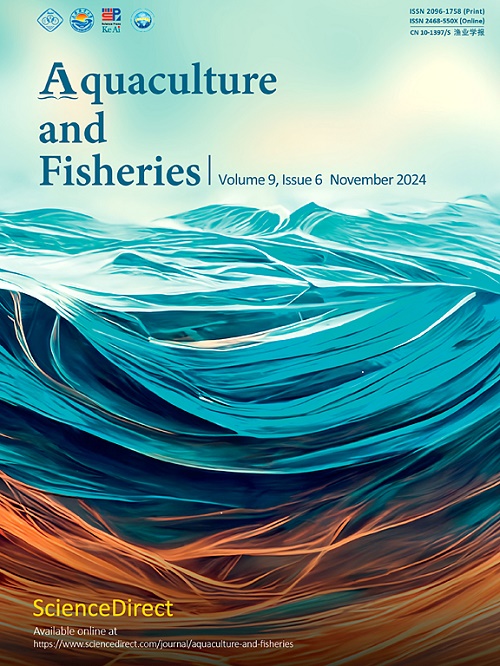PUFA from microalgae: Challenges, factors affecting high production and industrial application
Q1 Agricultural and Biological Sciences
引用次数: 0
Abstract
Polyunsaturated fatty acids (PUFAs) are widely recognised for their significant health benefits, driving increased demand across various industries. Clinical and epidemiological studies have highlighted the therapeutic potential of key PUFAs, such as docosahexaenoic acid (DHA) and eicosapentaenoic acid (EPA). Currently, marine fish and terrestrial plants serve as the primary commercial sources of PUFAs. However, the sustainability of marine fish supplies is challenged by overfishing and competing demands for protein, while low yields and large land requirements limit terrestrial plant-derived PUFAs. As a result, microalgae have emerged as a promising alternative source of PUFAs due to their high accumulation potential, ease of cultivation, and independence from arable land or freshwater resources. This review explores the advantages of microalgae as biofactories for PUFA production and discusses advancements in optimising culture conditions to enhance yields. Key microalgal species with high PUFA content are identified, alongside an analysis of the chemical and physical factors influencing PUFA biosynthesis. The industrial applications of microalgae-derived PUFAs in aquaculture, food, nutraceuticals, and pharmaceuticals are reviewed, along with an evaluation of the challenges and limitations faced by commercial-scale production. Finally, the potential prospects of microalgae PUFAs are addressed, offering insights to meet growing market demands sustainably.

微藻PUFA:挑战、影响高产和工业应用的因素
多不饱和脂肪酸(PUFAs)因其显著的健康益处而被广泛认可,推动了各个行业需求的增长。临床和流行病学研究强调了关键pufa的治疗潜力,如二十二碳六烯酸(DHA)和二十碳五烯酸(EPA)。目前,海洋鱼类和陆生植物是pufa的主要商业来源。然而,海洋鱼类供应的可持续性受到过度捕捞和对蛋白质的竞争性需求的挑战,而低产量和大的土地需求限制了陆生植物来源的pufa。因此,微藻因其高积累潜力、易于种植和不依赖耕地或淡水资源而成为一种有前途的pufa替代来源。本文探讨了微藻作为多聚脂肪酸生产生物工厂的优势,并讨论了优化培养条件以提高产量的进展。鉴定了具有高PUFA含量的关键微藻种,并分析了影响PUFA生物合成的化学和物理因素。综述了微藻衍生PUFAs在水产养殖、食品、营养药品和药品中的工业应用,并对商业规模生产面临的挑战和限制进行了评估。最后,对微藻pufa的潜在前景进行了展望,为可持续地满足日益增长的市场需求提供了见解。
本文章由计算机程序翻译,如有差异,请以英文原文为准。
求助全文
约1分钟内获得全文
求助全文
来源期刊

Aquaculture and Fisheries
Agricultural and Biological Sciences-Aquatic Science
CiteScore
7.50
自引率
0.00%
发文量
54
审稿时长
48 days
期刊介绍:
 求助内容:
求助内容: 应助结果提醒方式:
应助结果提醒方式:


